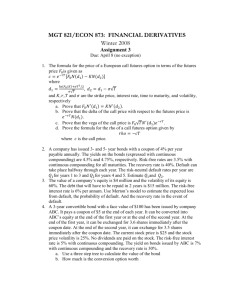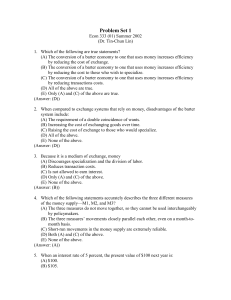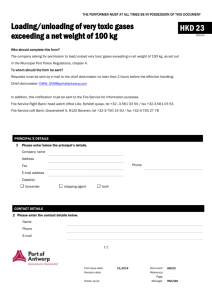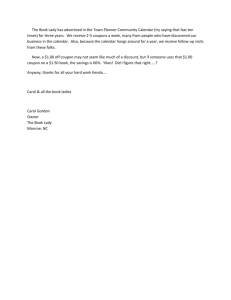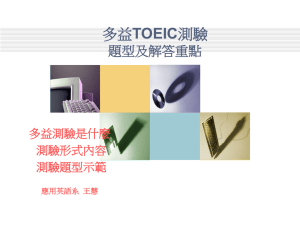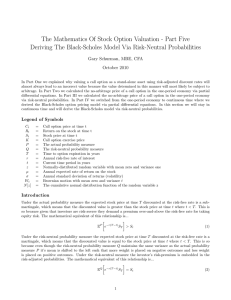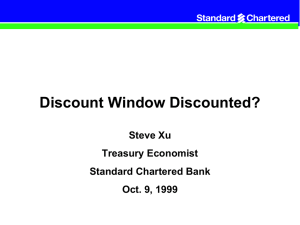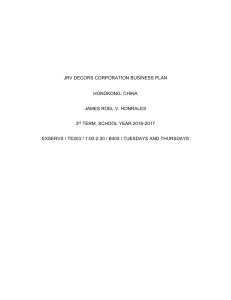Problem Set 5 Question 1 The exchange rate Ct (in CDN/HKD
advertisement
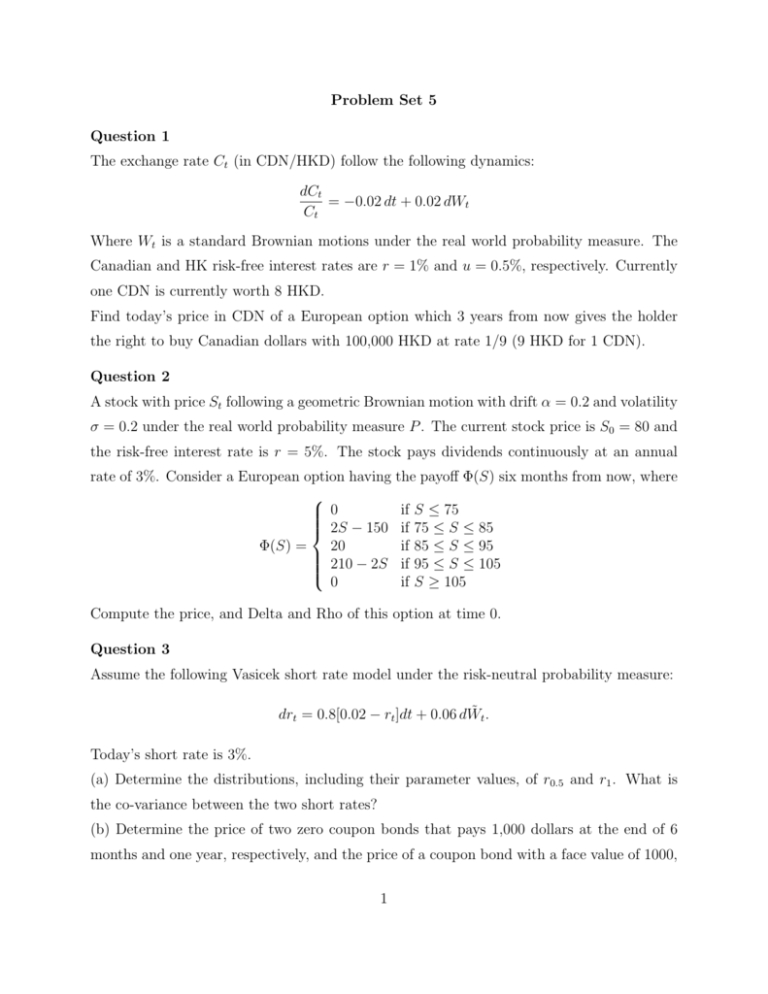
Problem Set 5 Question 1 The exchange rate Ct (in CDN/HKD) follow the following dynamics: dCt = −0.02 dt + 0.02 dWt Ct Where Wt is a standard Brownian motions under the real world probability measure. The Canadian and HK risk-free interest rates are r = 1% and u = 0.5%, respectively. Currently one CDN is currently worth 8 HKD. Find today’s price in CDN of a European option which 3 years from now gives the holder the right to buy Canadian dollars with 100,000 HKD at rate 1/9 (9 HKD for 1 CDN). Question 2 A stock with price St following a geometric Brownian motion with drift α = 0.2 and volatility σ = 0.2 under the real world probability measure P . The current stock price is S0 = 80 and the risk-free interest rate is r = 5%. The stock pays dividends continuously at an annual rate of 3%. Consider a European option having the payoff Φ(S) six months from now, where 0 if S ≤ 75 2S − 150 if 75 ≤ S ≤ 85 20 if 85 ≤ S ≤ 95 Φ(S) = 210 − 2S if 95 ≤ S ≤ 105 0 if S ≥ 105 Compute the price, and Delta and Rho of this option at time 0. Question 3 Assume the following Vasicek short rate model under the risk-neutral probability measure: drt = 0.8[0.02 − rt ]dt + 0.06 dW̃t . Today’s short rate is 3%. (a) Determine the distributions, including their parameter values, of r0.5 and r1 . What is the co-variance between the two short rates? (b) Determine the price of two zero coupon bonds that pays 1,000 dollars at the end of 6 months and one year, respectively, and the price of a coupon bond with a face value of 1000, 1 semiannual coupons and a maturity of one year. The coupon rate is 4%. (c) Derive the forward rate curve f (0, t), 0 ≤ t ≤ 1. Question 4 Assume the following CIR short rate model under the risk-neutral probability measure: √ drt = 0.8[0.02 − rt ]dt + 0.1 rt dW̃t . Today’s short rate is 3%. (a) Find the mean and variance of rt , t = 3, using the gamma approximation; (b) Determine the price of two zero coupon bonds that pays 1,000 dollars at the end of 6 months and one year, respectively, and the price of a coupon bond with a face value of 1000, semiannual coupons and a maturity of one year. The coupon rate is 4%. Question for Fun! Will not be graded. Again, you are given the same Vasicek short rate model under the risk-neutral probability measure: drt = 0.8[0.02 − rt ]dt + 0.06 dW̃t . Today’s short rate is 3%. (a) Write a VBA program to generate 500 short rate paths over a one-year time period, using daily time steps and 250 days a year; (b) Calculate the sample mean and the (unbiased) sample variance of the data generated in (a) for r1 , the short rate at the end of the year; (c) Display a Q-Q plot of the data for r1 against a normal distribution with mean and variance being the sample mean and sample variance obtained in (b). 2
